Personalized metal...
Tin box production factory revealed: the transformation journey from ordinary iron sheet to exquisite container
An exquisite tin box is not only the guardian of the product, but also the silent spokesperson of the brand. From the cold and hard iron sheet to the smooth container in your hand, what kind of precise journey is hidden behind it? Today, we go deep into the professional tin box factory to reveal the whole manufacturing process from raw materials to finished products.
---
1. Cornerstone: Strict selection of "tinplate" raw materials
Core material: The core of a high-quality tin box is tinplate (tin-plated thin steel plate). Tin box factory strictly controls the raw materials and selects tinplate coils with a specific thickness (commonly 0.23mm-0.28mm) and uniform tin coating and excellent surface finish. The tin coating is the key to rust prevention, and its adhesion and uniformity directly affect the durability and appearance of the final product.
Key indicators: Parameters such as hardness (T value), tensile strength, and tin plating amount (such as E2.8/2.8) need to accurately match the box design and functional requirements.
.jpg)
2. The beginning of forming: precision cutting and stamping
Cutting: After the huge tinplate coil is precisely unrolled and leveled, it is accurately cut into "sheets" of the required shape by a high-speed punch or laser cutting machine according to the design drawings of the custom tin box. Efficiency and precision are crucial in this link.
Stamping forming: The sheet is transferred to a large stamping workshop. With the cooperation of a punching machine with hundreds of tons of pressure and a precision mold, the sheet undergoes multiple processes such as blanking, stretching, punching, and curling, and initially has the three-dimensional form of the box body and the box cover. The mold accuracy directly determines the fit and aesthetics of the finished product.
---
3. The finishing touch: printing and surface finishing
Surface pretreatment: The formed iron box needs to be thoroughly cleaned and degreased to ensure the adhesion of the subsequent coating. Some high-end processes require phosphating or passivation treatment to enhance corrosion protection.
Exquisite printing: This is the link that gives the tin box packaging soul. Using advanced lithographic offset printing (four-color, spot color) or UV digital printing technology, the customized patterns, logos, and texts are accurately restored on the surface of the iron box. High-definition dots and bright inks are the key.
Effect improvement: Immediately after printing, a layer of transparent protective varnish (gloss, matte, texture varnish) is applied, or local UV embossing, hot stamping/hot silver, laser, and other special processes are performed to greatly enhance the visual and tactile texture, making the customized tin box stand out.
---
4. Quality fortress: internal coating protection
Food grade safety: tin boxes used in food, cosmetics, and other fields must have food-grade epoxy resin or acrylic acid and other safety coatings on the inner wall. Uniform coverage is achieved through automatic spraying or roller coating.
High temperature curing: The coated iron box is sent to a precisely temperature-controlled drying tunnel, and the coating is cross-linked and cured at high temperature (usually 180-210°C) to form a dense, non-toxic, corrosion-resistant protective film to ensure the safety of the contents and long-term preservation.
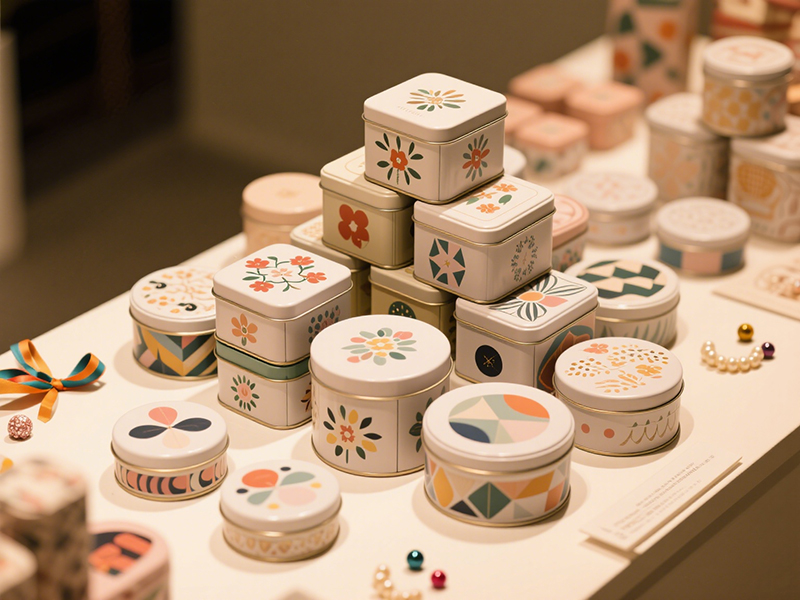
5. Rigorous assembly: perfect fit between the lid and the box body
Precision curling/snap-on: The lid and the box body are mechanically curled or snap-on assembled by automated equipment. This link requires extremely high precision to ensure smooth opening and closing, consistent tightness, and good sealing.
Accessory integration: Assemble accessories such as inner trays (plastic/foam/EVA), hinges, locks, decorations, etc. According to design requirements to enhance functionality and user experience.
---
6. Final inspection: the final line of defense for quality
Full-dimensional inspection: The finished tin box must undergo strict full inspection and random inspection.
Appearance: surface cleanliness, printing effect, color consistency, scratches, dents.
Dimensions: length, width, height, diagonal lines, lid gaps, etc., meet tolerance requirements.
Function: smooth opening and closing, sealing, and accessory firmness.
Performance: coating adhesion (hundred-grid test), corrosion resistance (salt spray test), drop strength, etc.
Packaging and storage: Qualified products are packaged and stored after being protected from dust and scratches, waiting for delivery.
---
When you enter a professional tin box factory, you will know that the birth of a high-quality tin box is the result of material science, precision engineering,gand craftsmanship. From the tough tinplate substrate to the customized tin box with diverse functions, every link embodies the ultimate pursuit of quality. Whether it is a luxurious tin box packaging that enhances the brand image or a practical container that meets specific functions, modern tin box manufacturers are continuously redefining the possibilities of packaging with exquisite craftsmanship and innovative design.
Choose a professional tin box factory to start a metal art journey for brand packaging - let every customized tin box become an exquisite business card that conveys value.
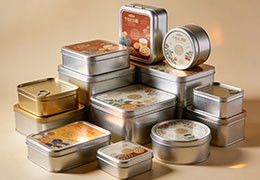
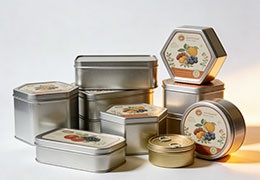
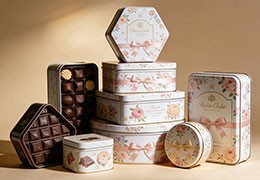
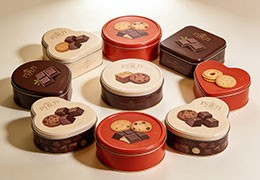
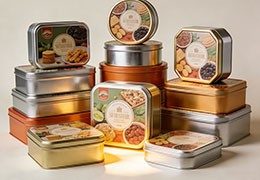
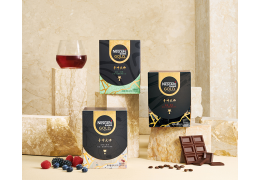
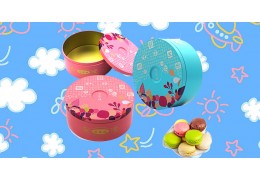
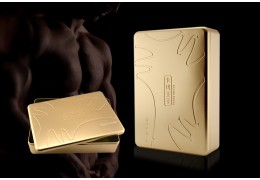
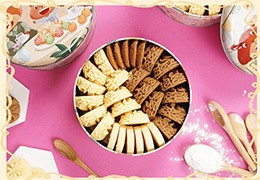
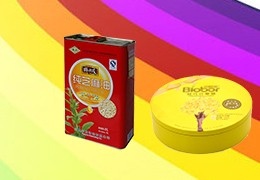

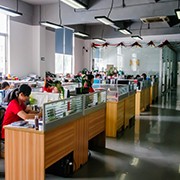


Latest comments